Managing your blood sugar levels effectively is one of the most important steps you can take for your overall health and well-being. Whether you’re looking to prevent diabetes, boost your energy, or simply feel your best throughout the day, understanding how to maintain stable glucose levels is essential.
In this comprehensive guide, we’ll explore the top 10 foods that naturally support healthy blood sugar levels, plus actionable strategies you can implement starting today.
Why Blood Sugar Stability Matters More Than You Think
Your blood sugar levels directly impact how you feel, think, and function every single day. When your glucose levels fluctuate wildly or remain chronically elevated, you may experience:
- Sudden energy crashes and fatigue
- Mood swings and irritability
- Intense hunger and cravings
- Difficulty concentrating
- Increased risk of diabetes, heart disease, and kidney problems
The good news? The right foods can help you maintain steady glucose levels naturally, keeping you energized and healthy throughout the day.
The Top 10 Blood Sugar-Friendly Foods
1. Beans and Lentils: Fiber and Protein Powerhouses
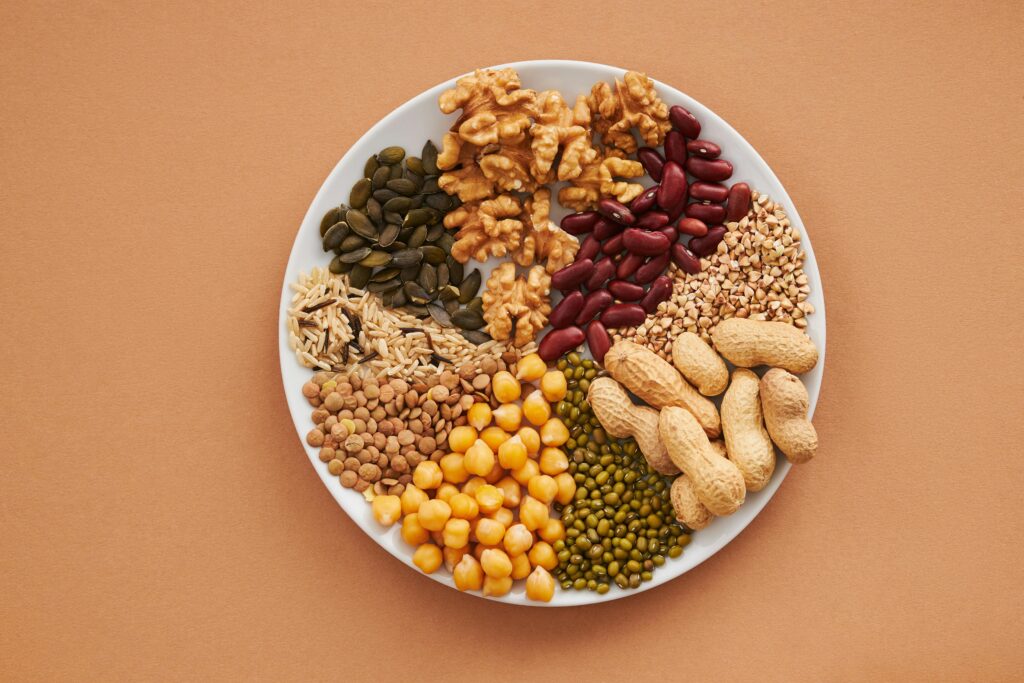
Despite being high in carbohydrates, beans and lentils are exceptional for glucose control. Unlike refined carbs that cause rapid spikes, these legumes are packed with fiber and plant-based protein that slow sugar absorption.
Key benefits:
- Lentils provide 15.6 grams of fiber per cup (55.7% of daily value)
- 17.9 grams of glucose-stabilizing protein per cup
- Gradual energy release prevents crashes
2. Seafood: Omega-3 Rich Blood Sugar Support

Fish like salmon, tuna, cod, and shellfish offer high-quality protein and healthy fats that support optimal glucose levels. Research shows that people who eat more oily fish have significantly lower diabetes risk.
The Harvard T.H. Chan School of Public Health provides detailed information about the health benefits of different types of fish and seafood.
Best choices:
- Salmon and sardines for omega-3 fatty acids
- Lean white fish for pure protein
- Shellfish for minerals that support glucose metabolism
3. Avocados: The Perfect Blood Sugar Food
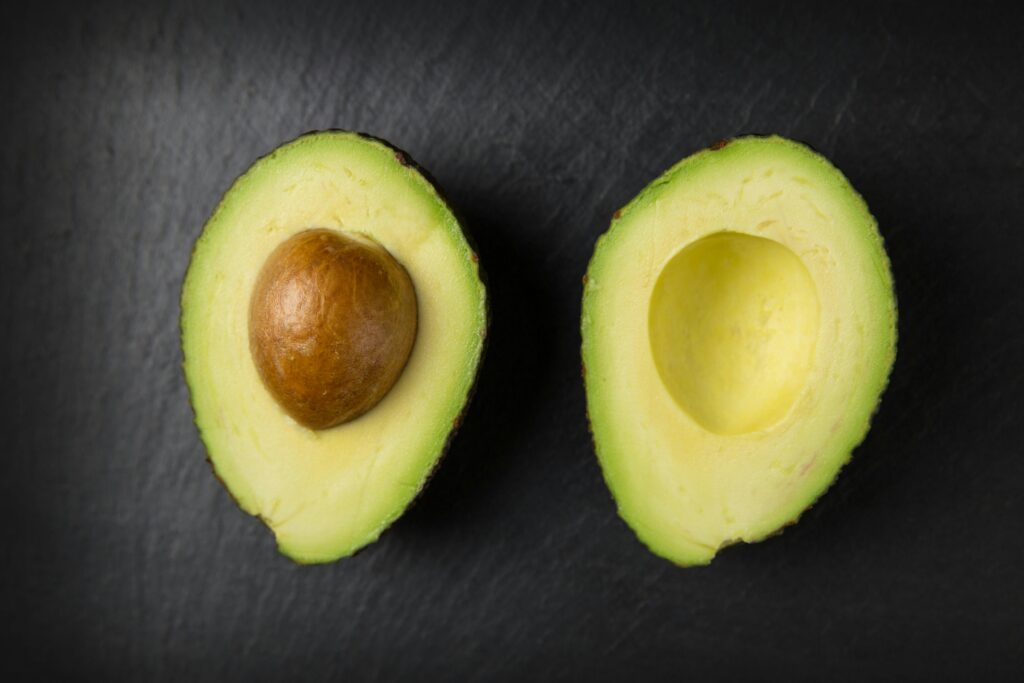
With 13.5 grams of fiber per avocado and minimal carbs, avocados are ideal for blood sugar management. They’re also rich in magnesium, which is crucial for insulin function and carbohydrate metabolism.
Studies show that people with higher magnesium levels have better glucose control compared to those with deficiencies. The National Institutes of Health offers comprehensive information about magnesium’s role in health and metabolism.
4. Whey Protein: Zero-Carb Blood Sugar Support
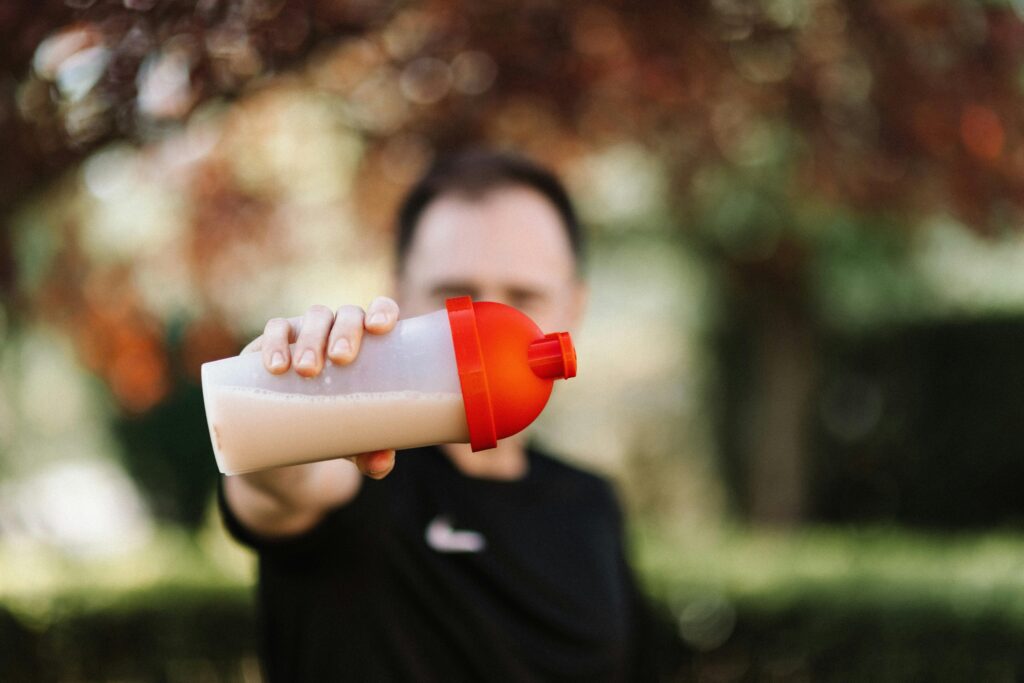
Whey protein isolate contains 25 grams of protein with zero carbohydrates, making it perfect for glucose stability. Research demonstrates that whey protein can significantly reduce long-term glucose markers and insulin resistance.
Pro tip: Consume whey protein 15-30 minutes before meals to minimize post-meal blood sugar spikes.
5. Greek Yogurt: Probiotics Meet Protein

Greek yogurt delivers 17 grams of protein per three-quarter cup serving – double that of regular yogurt. The probiotics in Greek yogurt support healthy blood sugar by improving gut health and enhancing insulin sensitivity.
Choose unsweetened varieties with live active cultures for maximum benefits.
6. Chia Seeds: Tiny Seeds, Big Glucose Benefits
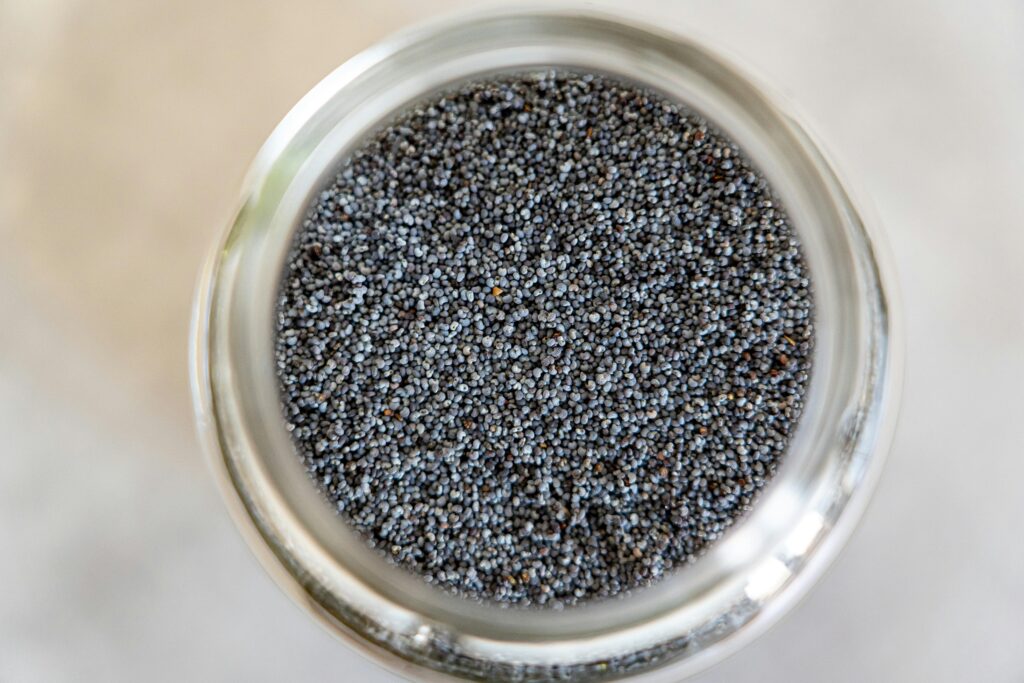
These nutrient-dense seeds provide 9.75 grams of fiber per ounce (35% of daily needs) plus magnesium for blood sugar regulation. Chia seeds may even improve the function of pancreatic beta cells that produce insulin.
7. Artichokes: Fiber Champions for Blood Sugar

Artichokes are among the highest-fiber foods available, with 9.69 grams per cup. Research shows that eating artichokes before high-carb meals helps reduce post-meal blood sugar spikes in people with prediabetes.
8. Chicken: Lean Protein for Stable Glucose

Carb-free and protein-rich (26 grams per 3-ounce serving), chicken is excellent for glucose management. Adding high-protein foods like chicken to carb-heavy meals significantly reduces their impact on glucose levels.
9. Nuts and Seeds: Plant-Based Glucose Warriors
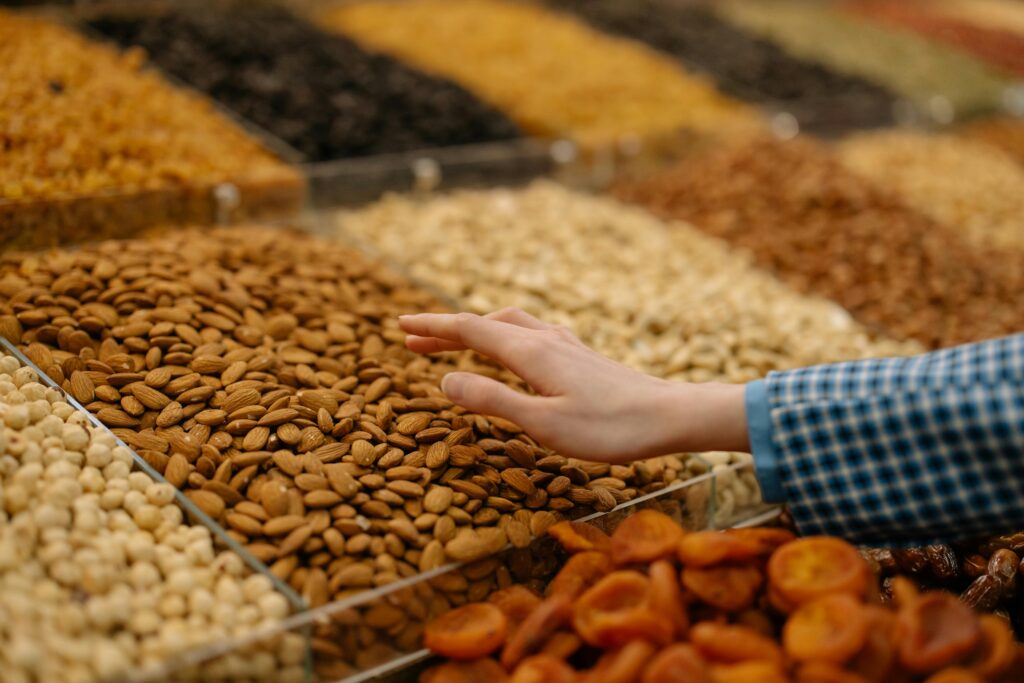
Nuts and seeds provide protein, fiber, and essential minerals like magnesium and zinc. A 2023 study found that people with prediabetes who ate 20 grams of almonds before meals experienced significant improvements in glucose control.
Best options:
- Almonds for proven glucose benefits
- Walnuts for omega-3 fatty acids
- Pumpkin seeds for magnesium
10. Oats: The Right Way to Eat Carbs
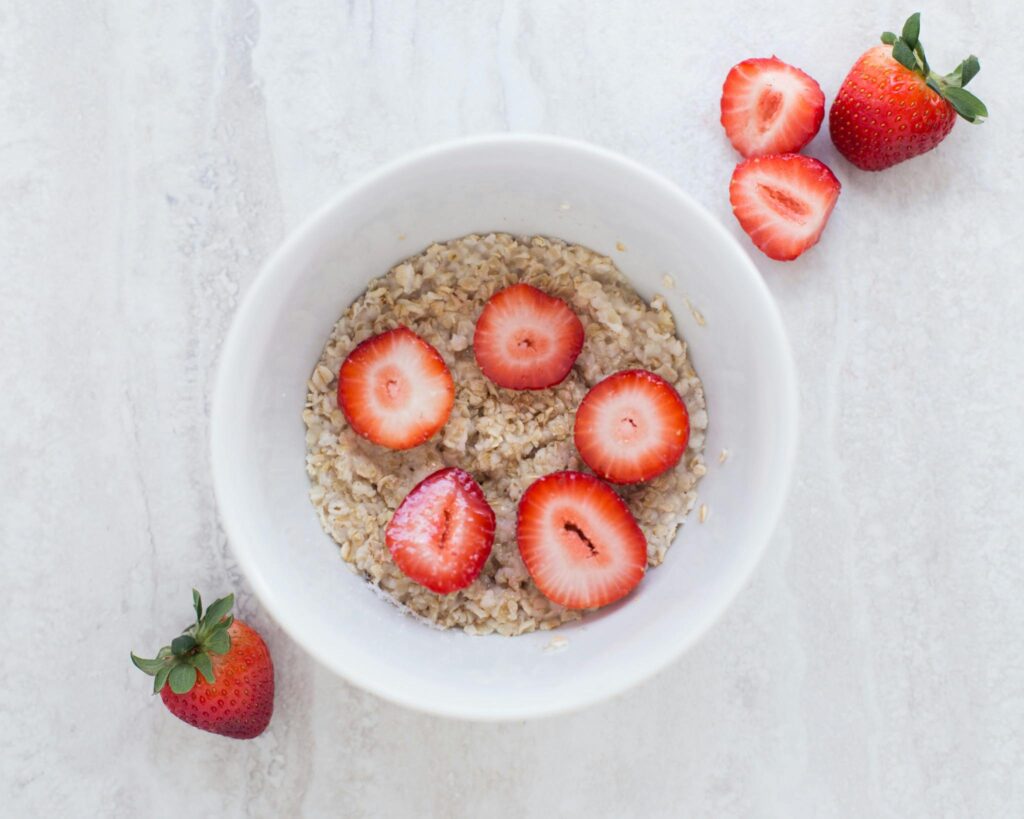
Steel-cut oats and oat bran are high in beta-glucan, a soluble fiber that slows sugar absorption and prevents glucose spikes. Choose minimally processed oat varieties for maximum glucose benefits.
Evidence-Based Strategies to Support Healthy Blood Sugar
Beyond choosing the right foods, these lifestyle strategies can help optimize your glucose levels:
Follow a High-Protein, High-Fiber Approach
Protein and fiber work together to slow digestion and minimize glucose spikes after meals. Aim for 25-35 grams of fiber and adequate protein at each meal.
Stay Physically Active
Regular exercise improves insulin sensitivity and helps muscles use glucose more effectively. Even a 10-minute walk after meals can significantly impact glucose levels. The Centers for Disease Control and Prevention provides evidence-based guidelines for physical activity and diabetes prevention.
Time Your Nutrients Strategically
Eating protein before carbohydrates can reduce post-meal glucose spikes by up to 30%. Try having a small protein snack 15-30 minutes before larger meals.
Maintain a Healthy Weight
Excess body fat, especially around the midsection, increases insulin resistance. Even modest weight loss can dramatically improve glucose control. The Mayo Clinic offers comprehensive guidance on weight management for blood sugar control.
Foods That Sabotage Blood Sugar Control
While focusing on glucose-friendly foods, it’s equally important to limit foods that cause rapid spikes:
- Sugary beverages (soda, energy drinks, fruit juices)
- Refined carbohydrates (white bread, white rice, pastries)
- Processed snacks and candy
- Fried and fast foods
- Processed meats high in sodium and preservatives
For more detailed information about foods to avoid, the American Heart Association provides extensive resources on limiting added sugars and processed foods.
Your Action Plan for Better Blood Sugar
- Start your day with protein: Include 20-30 grams of protein at breakfast
- Add fiber to every meal: Aim for 10+ grams of fiber per meal
- Choose complex carbs: Opt for whole grains, legumes, and vegetables
- Stay hydrated: Drink water instead of sugary beverages
- Monitor your response: Pay attention to how different foods affect your energy levels
The Bottom Line on Glucose Management
Maintaining stable glucose levels doesn’t require extreme restrictions or complicated meal plans. By focusing on nutrient-dense, whole foods that provide protein, fiber, and essential nutrients, you can naturally support healthy glucose levels while enjoying delicious, satisfying meals.
Remember, small consistent changes often lead to the most sustainable results. Start by incorporating 2-3 of these glucose-friendly foods into your daily routine, and gradually build from there.
Your blood sugar – and your overall health – will thank you for making these positive changes today.
For additional meal planning resources and recipes, visit the Academy of Nutrition and Dietetics for evidence-based nutrition guidance.
Always consult with your healthcare provider before making significant dietary changes, especially if you have diabetes or other glucose-related conditions. For professional medical advice, consider consulting with a registered dietitian through the Commission on Dietetic Registration.

